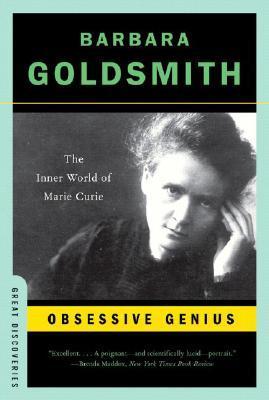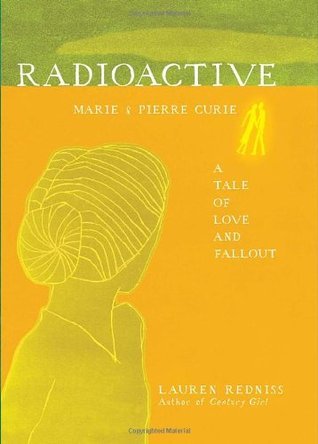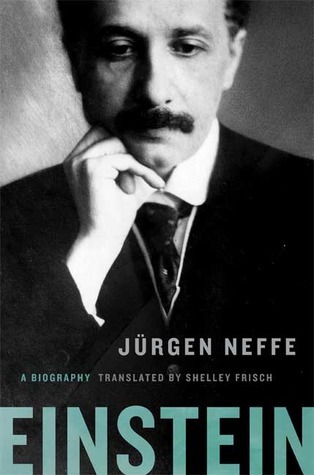
Obsessive Genius: The Inner World of Marie Curie
Book Description
A relentless pursuit of knowledge drives one woman to defy the conventions of her time. Marie Curie, a pioneer in science, battles societal constraints and personal sacrifice to uncover the secrets of radioactivity. Her groundbreaking discoveries shine a light on the power of determination and intellect, even as dark shadows loom over her life. Love and loss intertwine with ambition, forcing her to navigate a world where brilliance can be both a gift and a curse. Witness the extraordinary journey of a woman who changed science forever. What price will she pay for her genius?
Quick Book Summary
"Obsessive Genius: The Inner World of Marie Curie" by Barbara Goldsmith offers an intimate portrait of one of science’s most renowned figures. The biography delves into Curie’s relentless drive to explore the mysteries of the physical world amid formidable social barriers as a woman in late 19th and early 20th-century science. Goldsmith chronicles Curie’s major discoveries—most notably radioactivity—and the profound impact her work had on the world. The narrative vividly explores Curie’s deep partnership with her husband Pierre, the struggles she faced as a widow and single mother, and her own health sacrifices made in the name of science. Ultimately, the book is an exploration of the costs and triumphs of genius, illuminating how Curie’s brilliance and obsession redefined both science and the possibilities for women.
Summary of Key Ideas
Table of Contents
Relentless Pursuit of Scientific Knowledge
Marie Curie’s early life in Poland was marked by deprivation but also by determination. Enduring Russian oppression, Curie’s family valued education, imbuing her with a strong sense of purpose and intellectual hunger. Denied higher education at home, she worked as a governess to fund her studies and eventually moved to Paris. Surviving hardship and isolation at the Sorbonne, Curie excelled academically, demonstrating a singular focus that would become one of her defining traits.
Breaking Gender Barriers in Science
The partnership and romance between Marie and Pierre Curie form the emotional core of Goldsmith’s narrative. Their collaboration was unparalleled; together, they discovered polonium and radium and coined the term "radioactivity." The biography highlights not just their scientific synergy but the deep affection and respect underpinning their marriage. Pierre’s untimely death left Marie devastated, yet it was also a catalyst for personal and professional transformation, forcing her to assert her place in the scientific world alone.
Personal Sacrifice and Loss
Curie’s breakthrough work earned her two Nobel Prizes—an unprecedented feat. Goldsmith details the significance of her discoveries and their lasting impact on medicine and physics. Yet, the book does not shy away from the skepticism and hostility Curie faced as a woman. Her achievements were often discounted or dismissed by the male-dominated scientific establishment, making her triumphs all the more remarkable. Despite these obstacles, Curie’s name became synonymous with scientific integrity and curiosity.
Discovery of Radioactivity and Scientific Legacy
Personal sacrifice is a recurring theme. Curie’s obsession with her research exacted a heavy toll: deteriorating health due to prolonged exposure to radiation, strained family relationships, and moments of emotional isolation. Goldsmith poignantly explores the cost behind Curie’s brilliance, underscoring the physical and emotional risks she endured—often without fully knowing the dangers—to push the boundaries of knowledge.
The Human Cost of Genius
The book concludes by reflecting on Marie Curie’s enduring influence, not just in science but in broader culture. Her tireless advocacy for women’s education, her role in World War I developing mobile X-ray units, and her refusal to let scandal mute her voice all serve as testament to her resilience. Goldsmith’s biography ultimately presents Curie as a complex, driven individual—someone whose genius shaped the modern world and expanded the horizons for generations of women in science.
Download This Summary
Get a free PDF of this summary instantly — no email required.





